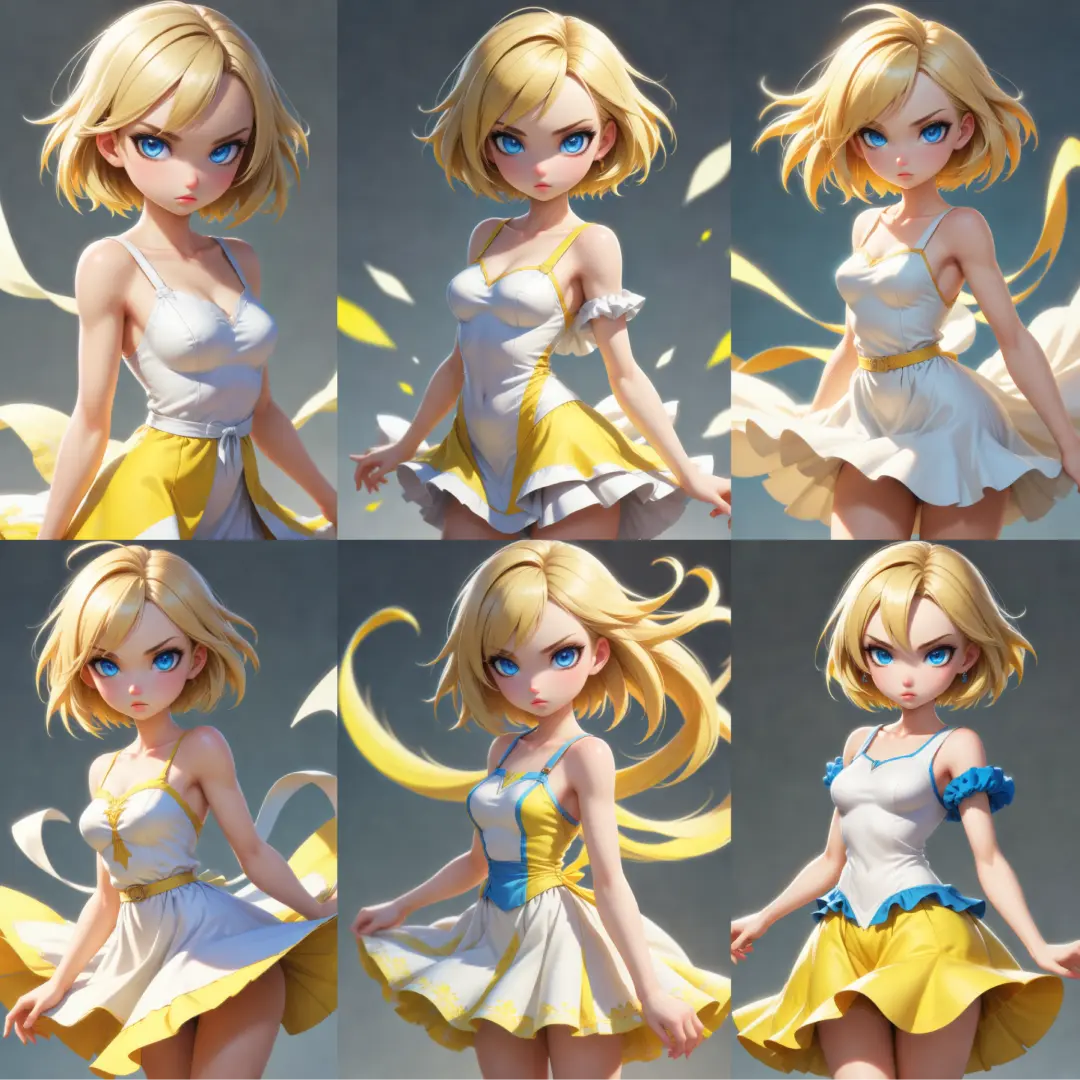ComfyUI Node: Create Tile Layout
ETN_TileLayout
Categoryexternal_tooling/tiles
Acly (Account age: 4089days) Extension
ComfyUI Nodes for External Tooling Latest Updated
2025-03-31 Github Stars
0.46K
How to Install ComfyUI Nodes for External Tooling
Install this extension via the ComfyUI Manager by searching for ComfyUI Nodes for External Tooling- 1. Click the Manager button in the main menu
- 2. Select Custom Nodes Manager button
- 3. Enter ComfyUI Nodes for External Tooling in the search bar
Visit ComfyUI Online for ready-to-use ComfyUI environment
- Free trial available
- 16GB VRAM to 80GB VRAM GPU machines
- 400+ preloaded models/nodes
- Freedom to upload custom models/nodes
- 200+ ready-to-run workflows
- 100% private workspace with up to 200GB storage
- Dedicated Support
Create Tile Layout Description
Facilitates creation of tile layout from images for AI artists to process large images efficiently on a per-tile basis.
Create Tile Layout:
The ETN_TileLayout node is designed to facilitate the creation of a tile layout from a given image. This node is particularly useful for AI artists who need to process large images by breaking them down into smaller, more manageable tiles. By defining a tile layout, you can efficiently handle image processing tasks such as editing, masking, and blending on a per-tile basis. The primary goal of this node is to streamline the workflow of working with large images by providing a structured approach to tiling, which can significantly enhance performance and manageability.
Create Tile Layout Input Parameters:
image
The image parameter is the input image that you want to create a tile layout from. This image will be divided into smaller tiles based on the specified tile size, padding, and blending settings. The quality and resolution of the input image will directly impact the resulting tile layout.
min_tile_size
The min_tile_size parameter defines the minimum size of each tile in the layout. This value ensures that each tile is at least as large as the specified size, which can help maintain a balance between the number of tiles and the processing load. The minimum value is 64, the maximum is 8192, and the default is 512. Adjusting this parameter can help optimize performance based on the specific requirements of your project.
padding
The padding parameter specifies the amount of padding to be added around each tile. Padding can help prevent artifacts at the edges of tiles when processing or blending them. The minimum value is 0, the maximum is 8192, and the default is 32. Proper padding can ensure smoother transitions between tiles and improve the overall quality of the processed image.
blending
The blending parameter determines the amount of blending applied between adjacent tiles. Blending helps to create seamless transitions and reduce visible seams between tiles. The minimum value is 0, the maximum is 256, and the default is 8. Adjusting the blending parameter can enhance the visual coherence of the tiled image, especially when performing operations that affect tile boundaries.
Create Tile Layout Output Parameters:
TILE_LAYOUT
The TILE_LAYOUT output parameter represents the generated tile layout from the input image. This layout contains information about the size, position, and count of tiles, as well as the specified padding and blending settings. The TILE_LAYOUT can be used as an input for other nodes that perform operations on individual tiles, such as extracting, merging, or generating masks for specific tiles. This output is essential for managing and processing large images in a structured and efficient manner.
Create Tile Layout Usage Tips:
- To optimize performance, choose a
min_tile_sizethat balances the number of tiles and the processing load. Larger tiles may reduce the number of tiles but increase the processing time for each tile. - Use appropriate
paddingto prevent artifacts at the edges of tiles, especially when performing operations that affect tile boundaries. - Adjust the
blendingparameter to ensure smooth transitions between tiles, which is particularly important for operations that modify the appearance of the image.
Create Tile Layout Common Errors and Solutions:
Index {index} out of range
- Explanation: This error occurs when the specified tile index is greater than the total number of tiles in the layout.
- Solution: Ensure that the tile index is within the valid range by checking the total number of tiles in the
TILE_LAYOUTbefore specifying the index.
Invalid image input
- Explanation: This error occurs when the input image is not in the expected format or is corrupted.
- Solution: Verify that the input image is correctly formatted and not corrupted. Ensure that the image is compatible with the node's requirements.
Padding value out of range
- Explanation: This error occurs when the specified padding value is outside the allowed range.
- Solution: Adjust the padding value to be within the valid range (0 to 8192) as specified in the node's input parameters.
Blending value out of range
- Explanation: This error occurs when the specified blending value is outside the allowed range.
- Solution: Adjust the blending value to be within the valid range (0 to 256) as specified in the node's input parameters.
Create Tile Layout Related Nodes
RunComfy is the premier ComfyUI platform, offering ComfyUI online environment and services, along with ComfyUI workflows featuring stunning visuals. RunComfy also provides AI Models, enabling artists to harness the latest AI tools to create incredible art.


